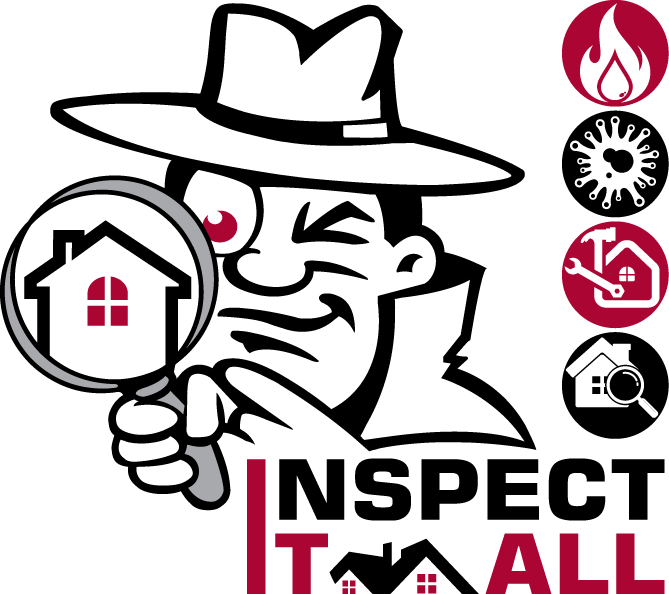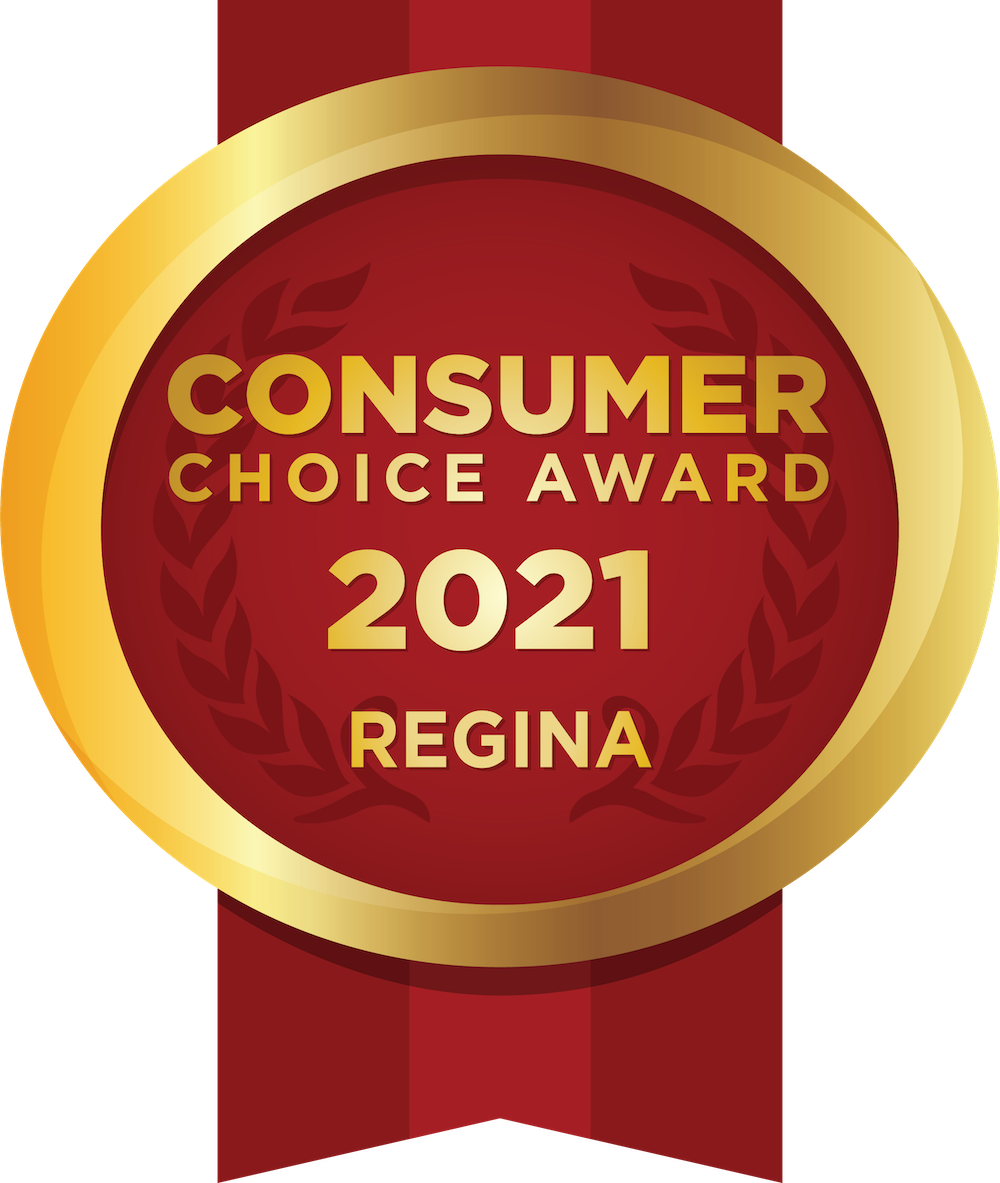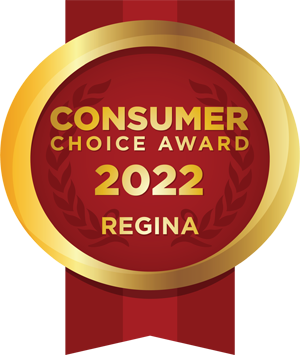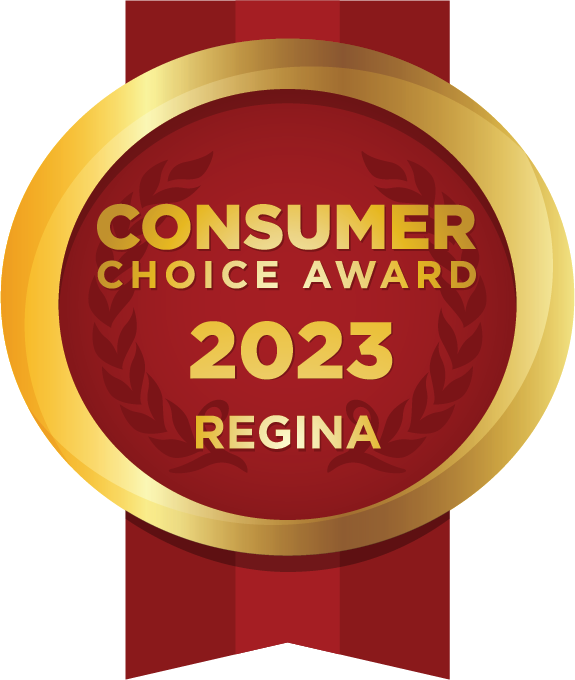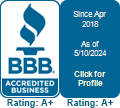Indoor Air Testing
Are you worried about your indoor air?
Canadians spend much more time indoors than outdoors. We are at schools, workplaces, stores, and our homes. Due to this cycle we have become aware and more concerned about the relationship between indoor air quality and our health.
We keep doors and windows closed to reduce energy costs during our long, cold prairie winters. Buildings and houses are built to prevent leaks of air, water, insects and vermin. The outdoor air is often cleaner than the indoor air. People have very different reactions to any component of the air.
Air Quality Testing or Indoor Air Quality (IAQ) is a test that checks the quality of air in a certain environment. It has become very popular in residential properties for landlords/tenants as well as when selling or buying a property. Commercial and industrial buildings will conduct an air quality test to ensure that employees are working within a safe environment.
Air Testing is used to identify any contaminants within the air such as carbon dioxide, toxic vapours, dust, fungi and ozone. The most common contaminant that is tested is for mold. The reason air testing is utilized and beneficial is because it distinguishes the type of mold particles and their individual spore levels, which is crucial.
Our goal Inspect it All Services is to create and maintain healthy indoor air environments. Our IAQ certified technicians have performed indoor air assessment services for homeowners, businesses, large corporations, restaurants and municipal buildings, health centres and hospitals.
Why you should test for mold or other airborne contaminants
- If you or someone in your house or office has ongoing allergy symptoms – sometimes you can’t see what is growing behind walls or hidden areas!
- If you or someone in your house or office has ongoing allergy symptoms – sometimes you can’t see what is growing behind walls or hidden areas!
- You smell a musty odour but don’t see any visible mold
- To determine what type of mold species and spore count is in your property - if you can visually see mold already
- If you have had recent water damage in your property
- You want or need air testing after mold removal has been done by you or a professional to check whether mold levels have normalized
- You are a buyer or seller in a real estate transaction and need evidence whether airborne mold levels are not normalized
- You a landlord or tenant and need evidence whether there is a mold problem
As previously mentioned, mold is all around us - the levels of mold are what make it dangerous to your health. If the mold levels in your living or working environment are higher than the mold levels outsides, your health and safety is at risk. Depending on your location, your health symptoms can vary. For instance, if you live by a forest, woods, or lake there will be more mold spores given the natural environment.
How is Air Testing conducted?
When an air test is being performed, there are a minimum of two samples that must be taken. One sample is taken from the area of concern and one sample is taken from outside or in the "controlled environment". If there are multiple areas of concern, than multiple samples must be captured. Once samples are taken, they will be shipped off to a lab where experts will analyze the samples. The results will be provided and a report will follow that breaks down the various types of mold discovered, along with the different mold spore levels. If the levels of spores are higher in the area of concern, than the levels of spores on the outside or "controlled environment", then you are facing a mold issue. The report will specify if the mold spore levels are: Acceptable, Slightly Elevated or Elevated.
Our Services include:
- Mold Inspections with sampling (Air, surface or bulk) and Analysis
- Indoor Air Quality Assessments and Sampling
- Asbestos Inspection, Sampling, Testing, and Analysis
- Airborne Pollutant and Microbial Sampling
- Lead Testing and Inspection
- Radon Testing
We send all our sampling to an accredited 3rd party laboratory that analyzes the samples and returns a report to us. That report will outline their findings on types of pollutants, spores counts and recommendations on remediation levels. We will give you that report and discuss the findings and then build a remediation plan for you.
If there is something that you do not see on this list, please contact us as our partner laboratories are capable of analyzing numerous other airborne contaminants.
If you suspect you have an indoor air problem then give us a call today to see how we can help!
